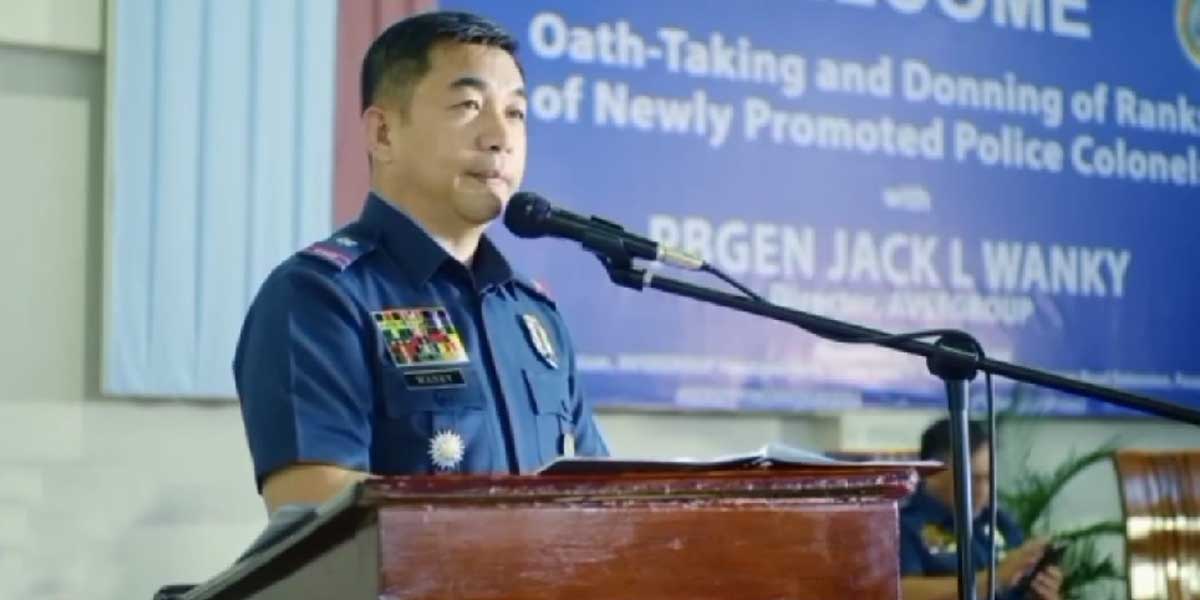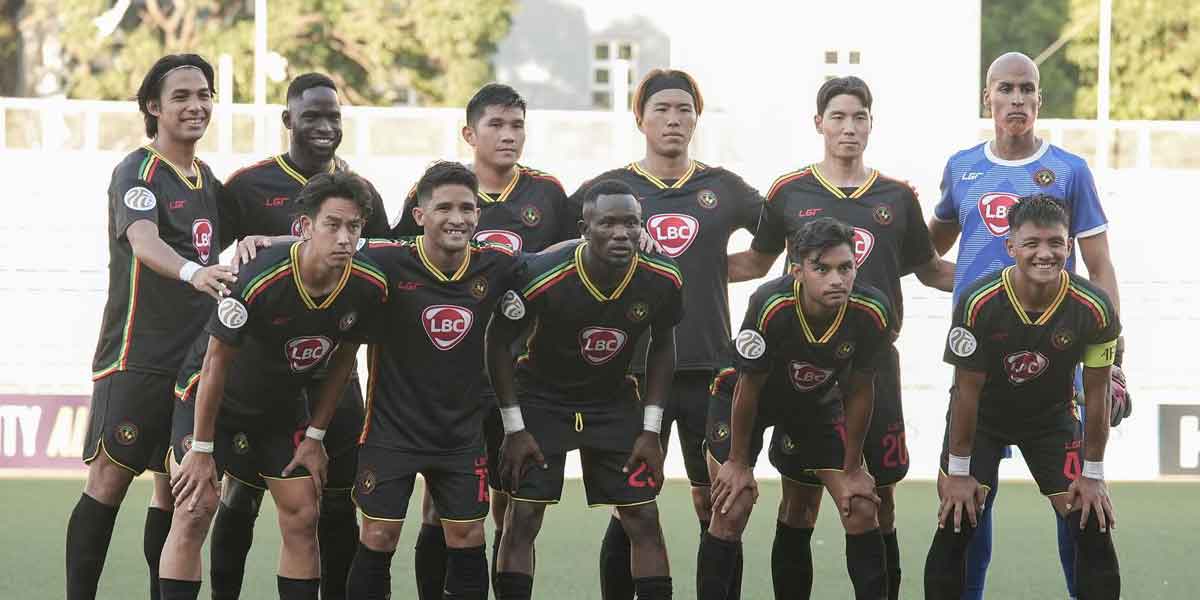[meta_gallery_slider id=”132170″]
THE Sta. Barbara Church in Iloilo is a testament of the significant contribution of the Ilonggos toward the attainment of the country’s independence from Spain.
Built in 1845, the church which is chiefly Romanesque in architecture, served as the general headquarters and military hospital of the revolutionary forces against Spain in the Visayas during the late 1800s.
According to Dr. Randy Madrid, Assistant Professor IV at the University of the Philippines Visayas (UPV), the Sta. Barbara Church is considered the cradle of the revolution against the Spaniards.
“It was in the balcony of the convent of the church where Martin Delgado declared the famous cry of Sta. Barbara (Fuera España, Viva Filipina) on November 17, 1898,” he said.
He said it was also the first time the Philippine flag was raised in the Visayas during the inauguration of the revolutionary government.
Madrid said that the town of Sta. Barbara was ideal for logistics during war time for it was located in flat plain, there was a river passing around the town, and it was considered one of the rice granaries in the past.
“There were sufficient provisions and substantial food stocks which sustained the fighting men,” he said.
The church became the site where Delgado convened the revolutionaries and the churchyard became the spot where Ilonggo soldiers eager to fight for freedom converged.
The Sta. Barbara Church is not only a bastion of Ilonggo bravery and valor. The church is also a great reminder of Ilonggo artistry and commendable craftsmanship.
Madrid said that the church was started during the time of Friar Francisco Aguerria, but it was Friar Mateo Rodriguez who completed its construction.
“Essentially, it is one of the surviving Filipino baroque churches in the region. Many of the churches in the region have been renovated and although Sta. Barbara church is also undergoing renovation, majority of the church’s foundation was preserved,” he stressed.
As with all religious constructions during the Spanish era, the church was also built through “forced labor”.
However, Madrid clarified that not all forced labor during that time could be equated with enslavement of the town folks.
“Ideally, the male folks participated in the construction because they saw the importance of this Spanish endeavor and they knew they have something to contribute,” he said
He said that most of the male folks during that time were skilled in carpentry so the friars utilized their craftsmanship.
“In fact, for us modern day people, we should appreciate the craftsmanship of these buildings and edifices such as the Sta. Barbara church, because these are part and parcel of the sweat and blood of our forebears,” he said.
According to some sources, it took a long time for the church to be completed because the construction was quite intricate.
“If we examine the church, it is predominantly made of adobe and some of the adobe were imported outside of Iloilo,” he said.
The church was also made from red bricks taken from one of the areas in La Paz known as Baldoza (meaning brick).
“The town folks transported red bricks from La Paz and hard boulders and rocks were also quarried from the mountains of Leon and Alimodian and carried by bull carts,” he shared.
Madrid said the inspiration for the church came from the cathedrals and churches in Europe.
“Unlike the other churches in Iloilo where the church is separated from the convent, the Sta. Barbara church is located perpendicular to the convent,” he said.
In 2012, the National Historical Commission cited the town of Sta. Barbara as one of the historic sites in Iloilo that served an important role in the 1898 Philippine Revolution. (PIA-Iloilo)






















